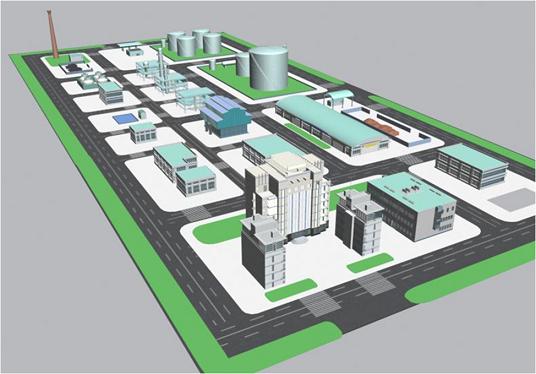The layout of a plant or facility is concerned with the physical placement of resources such as equipment and storage facilities, which should be designed to facilitate the efficient flow of customers or materials through the manufacturing or service system. The layout design is very important and should be taken very seriously as it can have a significant impact on the cost and efficiency of an operation and can involve substantial investment in time and money. The decisions taken with regards to the facility layout will have a direct influence on how efficiently workers will be able to carry out their jobs, how much and how fast goods can be produced, how difficult it is to automate a system, and how the system in place would be able to respond to any changes with regards to product or service design, product mix, or demand volume.… Read the rest
Operations Management Techniques
Meaning of Job Design
The nature of work and its organization has interested managers, economists and social scientists for as long as people have been employed by others to engage in productive activity. Managers have largely been interested in maximizing output from available resources.
Job design can be define as the process of putting together various elements to form a job, bearing in mind organizational and individual worker requirements, as well as considerations of health, safety, and ergonomics. The scientific management approach of Frederick Winslow Taylor viewed job design as purely mechanistic, but the later human relations movement rediscovered the importance of workers’ relationship to their work and stressed the importance of job satisfaction.… Read the rest
Objectives and Principles of a Good Plant Layout
Plant layout is a plan for effective utilization of facilities for the manufacture of products; involving a most efficient and economical arrangement of machines, materials, personnel, storage space and all supporting services, within available floor space. A good rather an ideal layout is one which provides maximum satisfaction to all concerned i.e. shareholders, management employees and consumers.
Objectives of a Good Plant LayoutOnly through an efficient layout, the organization can attain the following objectives:
- Economy in handling of materials, work-in-process and finished goods.
- Minimization of product delays.
- Lesser work-in-progress and minimum manufacturing cycle time.
- Efficient utilization of available space.
- Easy supervision and better production control.
Locational Decisions and Factors Governing Plant Locations
Plant location may be understood as the function of determining where the plant should be located for maximum operating economy and effectiveness. The selection of location for a plant is one of the problems, perhaps the most important, which is faced by an entrepreneur while launching a new enterprise. A selection on pure economic considerations will ensure an easy and regular supply of raw materials, labour force, efficient plant layout, proper utilization of production capacity and reduced cost of production. An ideal location may not, by itself, guarantee success; but it certainly contributes to the smooth and efficient working of an organization.… Read the rest
Operations Management – Definition, Elements and Objectives
An operation may be defined as the process of changing inputs into outputs thereby adding value to some entity. Right quality, right quantity, right time and right price are the four basic requirements of the customers and as such they determine the extent of customer satisfaction. And if these can be provided at a minimum cost, then the value of goods produced or services rendered increases.
Operations management is concerned with managing the resources that directly produce the organisation service and products. The resources are generally consist of people, material, technology and information but may go wider than this. These resources are brought together by a series of processes so that they are utilized to deliver the primary service or product of the organization.… Read the rest
Warehouse Management System
Warehouse management systems (WMS) is described as the advanced technology and operating processes which optimize all warehousing functionalities. These functions begin from receipts from suppliers and ending with shipments to the customers, also including all inventory movements as well as information flows in between. Warehouse management systems are mainly associated with large and complex distribution operations. However even smaller and middle size companies are identifying the importance of WMS in today’s scenario of integrated logistics, just-in-time delivery and e- commerce fulfillment.
In practical situation, Warehouse Management System is used mainly in integrating computer hardware, software and peripheral equipment along with good operating practices so as to manage inventory, space, labour, and capital equipment in ware houses and distribution centres.


